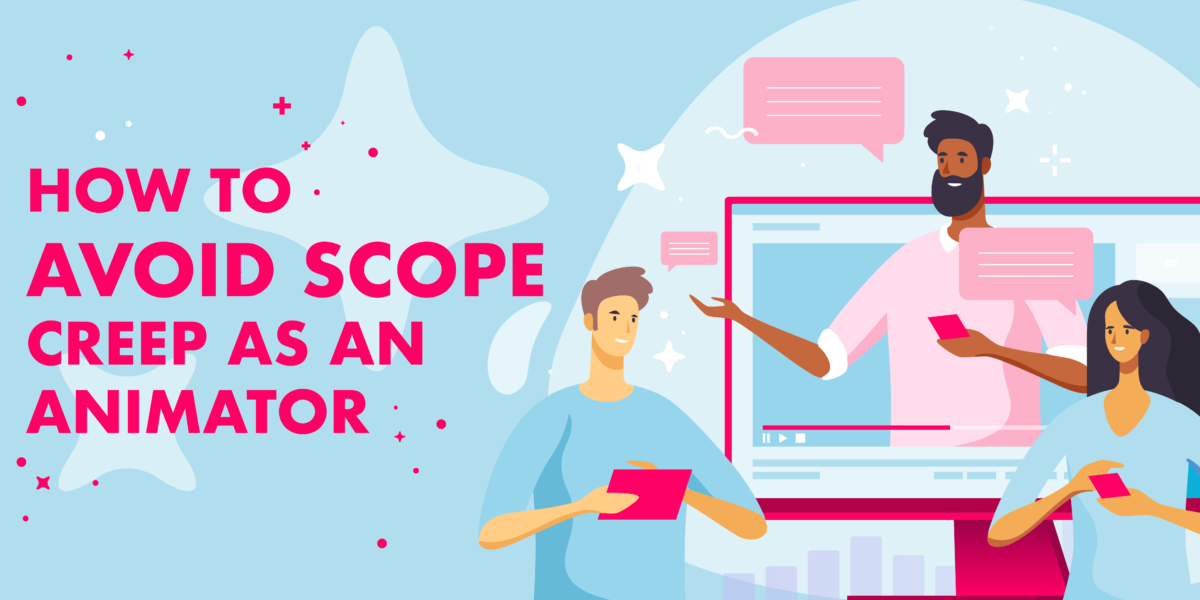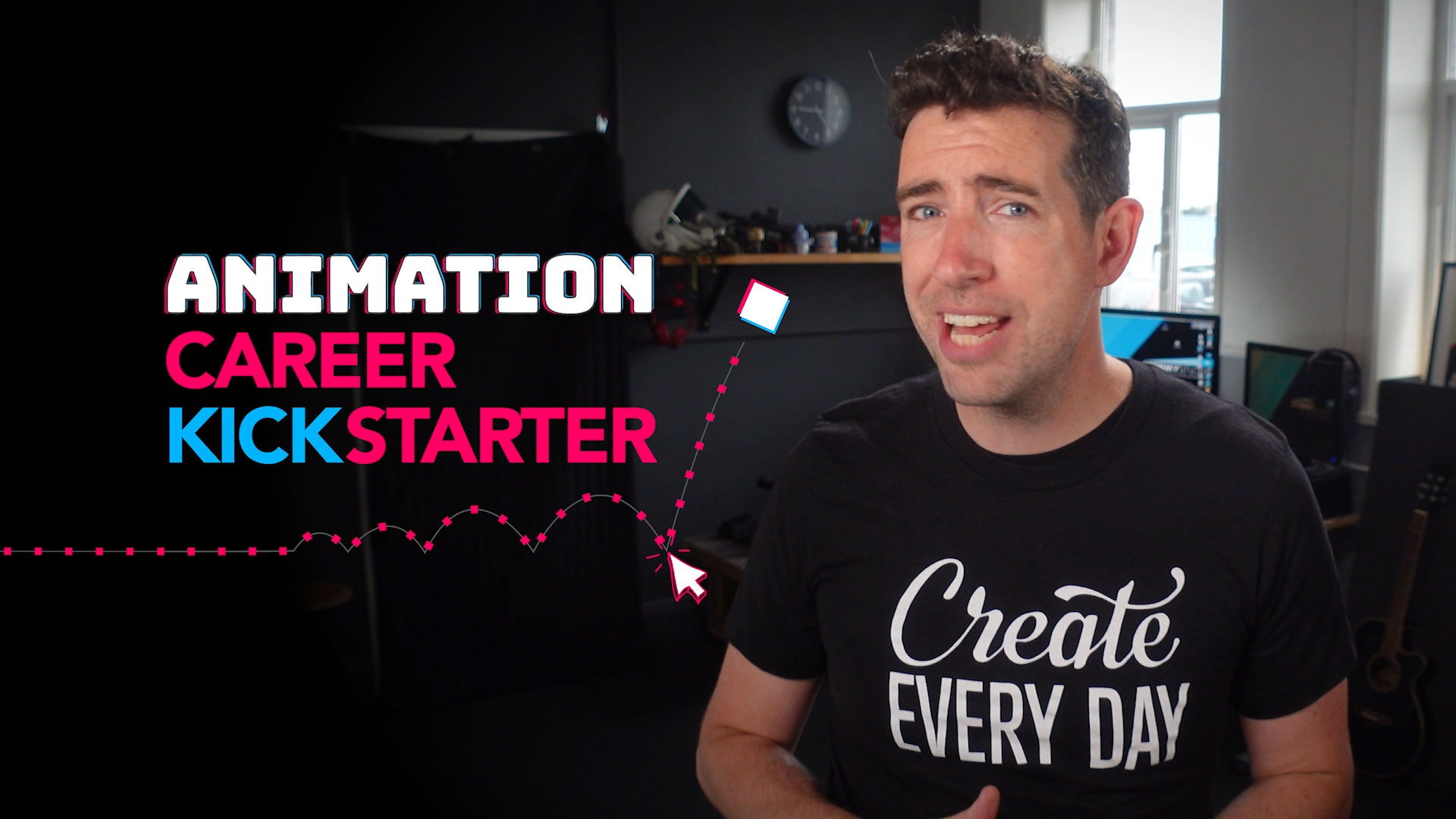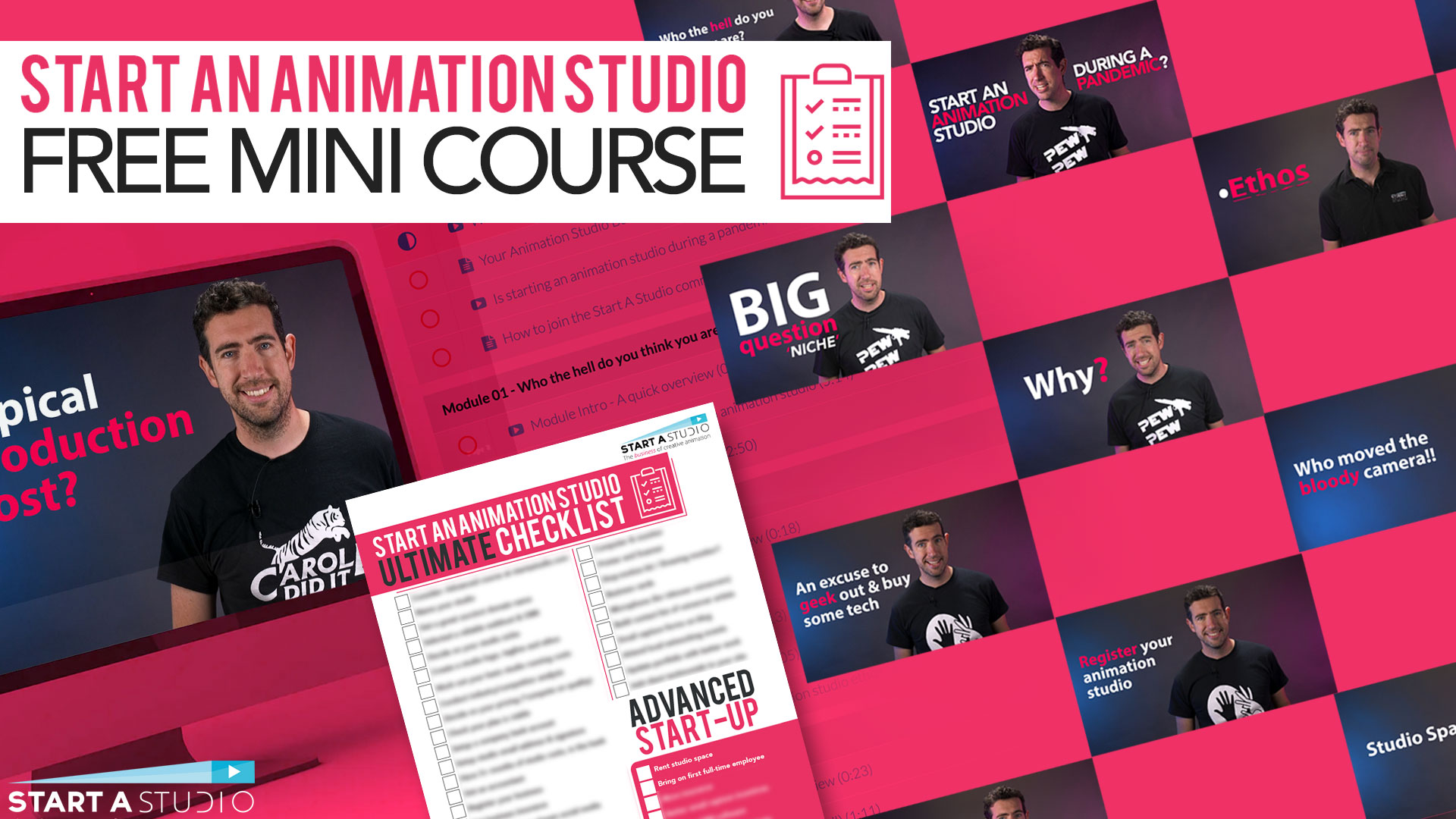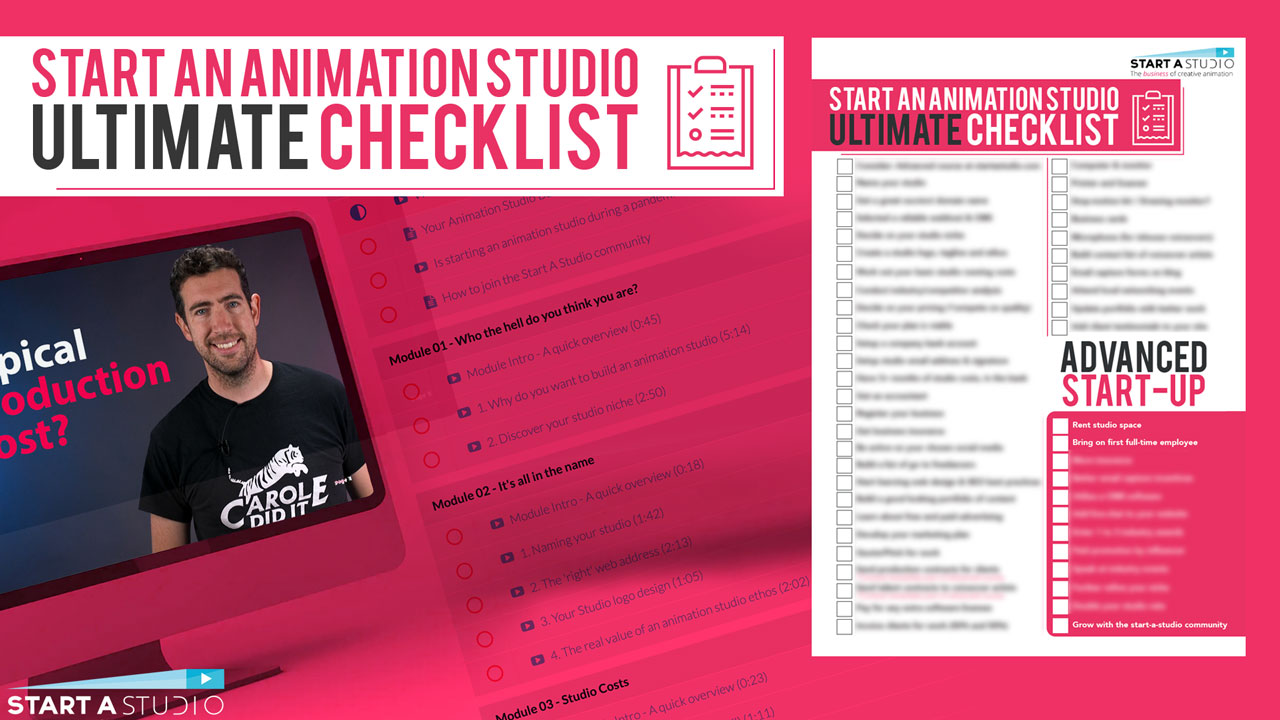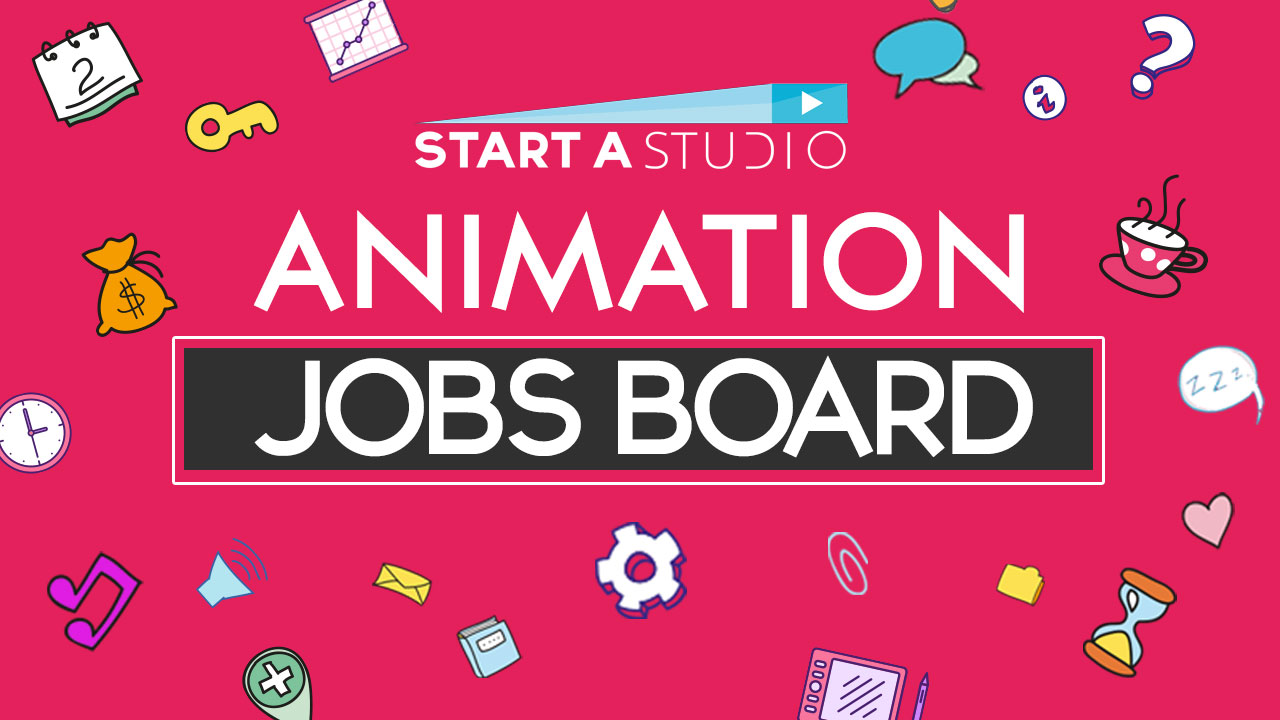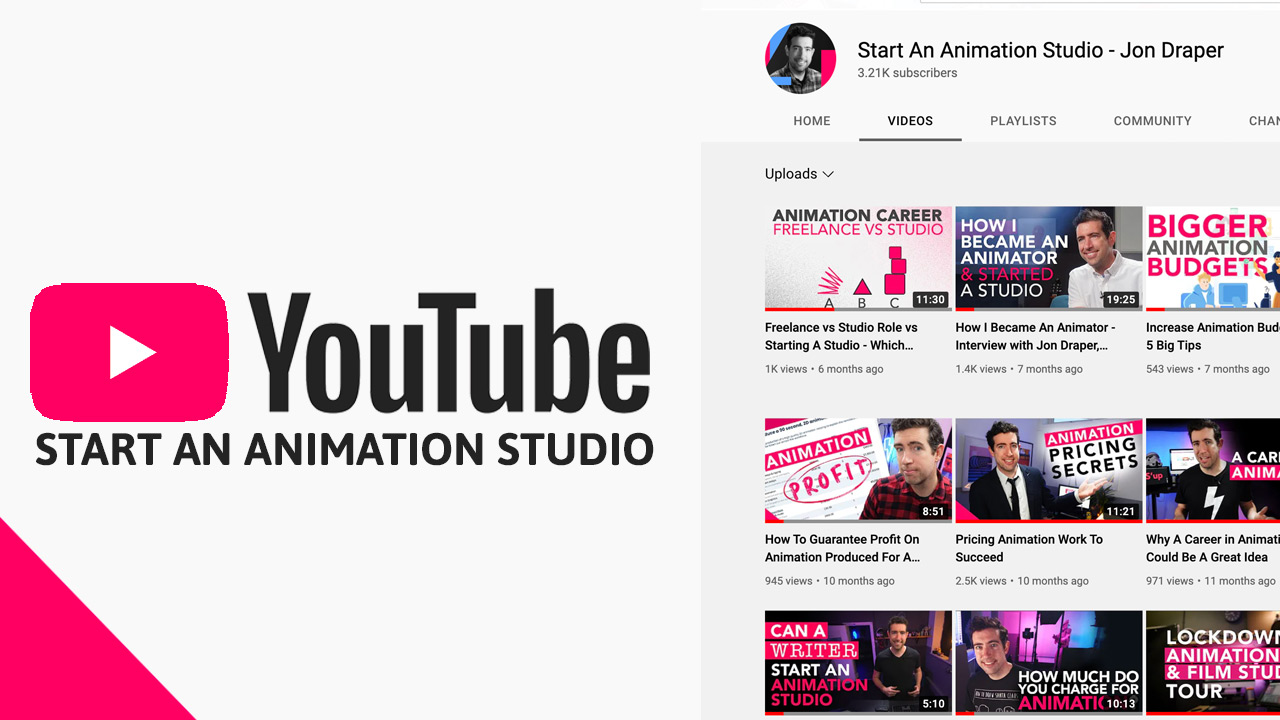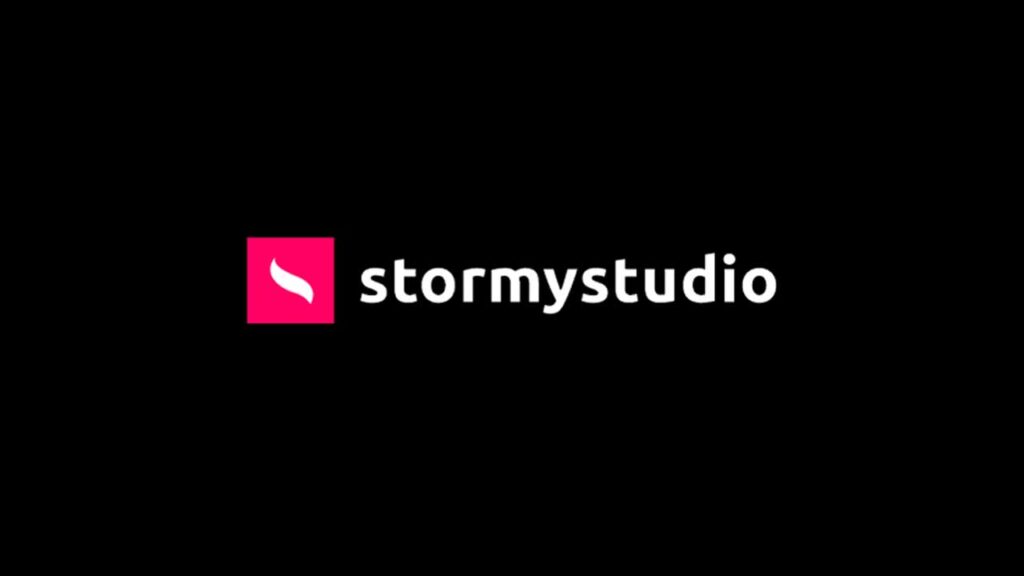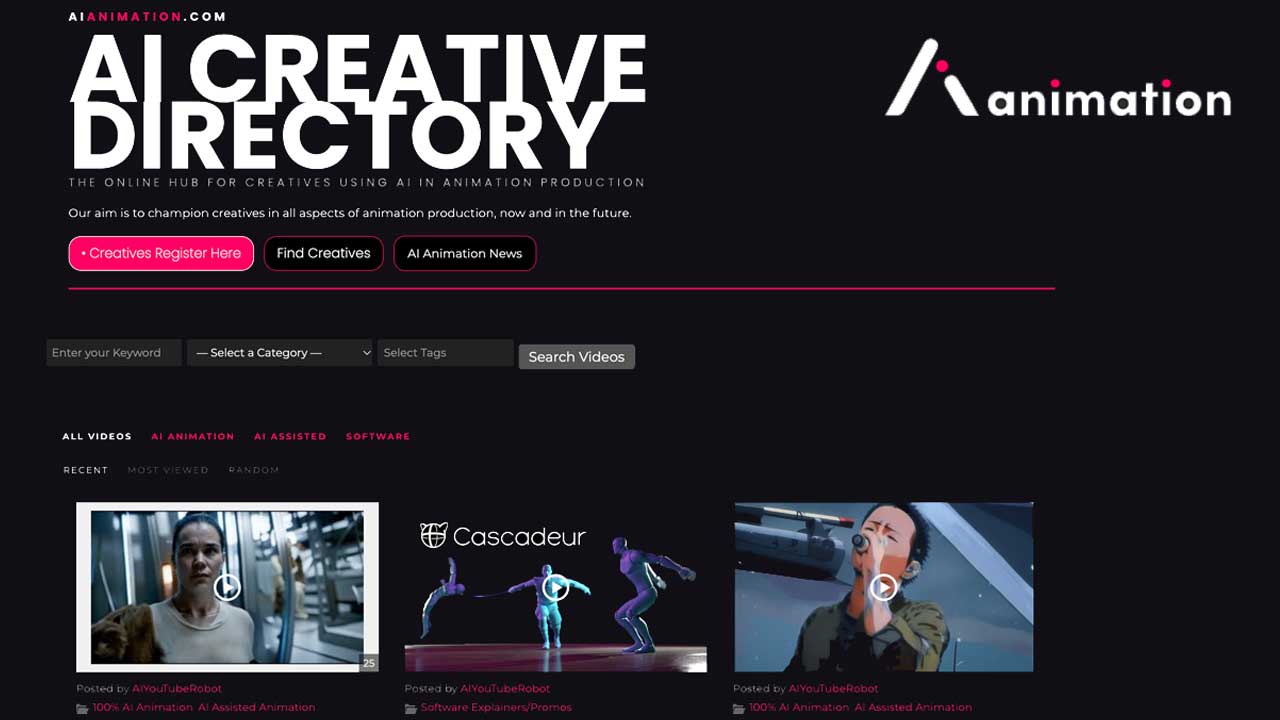Is your project deadline getting pushed back again and again? Here’s how to avoid scope creep.
What is scope creep?
‘Scope creep’ is a term animators use to describe when the scale or ‘scope’ of a project starts to ‘creep’ beyond its boundaries. This usually looks like a project that is taking longer and longer to complete. Your client might add suggestion after suggestion, or the project may change until it no longer resembles the original pitch.
Scope creep is a problem for animators because it costs. The time spent making endless revisions on one project could be used to source a new lead, animate other work, or start another project. Scope creep can also lead to awkward pricing conversations where the original budget has been lost in translation. Here are our tips to make sure your services aren’t compromised…
1. Choose your clients carefully
When you’re first starting out, it can be tempting to take any opportunity you’re offered. Most animators have had their fair share of bad clients. Choosing carefully early on can lead to stronger client relationships later down the line. Here are some red flags to look out for:
- Expecting you to provide more work than they’re paying for
- Not sticking to an agreed deadline
- Having an unclear idea of a project
For more tips on how to create lasting client relationships, check out our post on how to ensure your clients return to your animation studio.

2. Have a clear production process
3. Break down your pricing
Breaking down your pricing clearly is key when avoiding scope creep. Unsure where to start? Check out our article on how much animators make.
This means presenting your client with a detailed quote outlining all the costs the project will require. When pricing, include ‘extra’ options, and outline how much it they’ll costs. This way, any additional charges are already accounted for. In early discussions with the client, ask questions about any extra costs they’ll need. Even if an extension, extra file, or additional detail is unlikely, include it as an option. Being petty with your pricing can be frustrating, so balance the services you can accommodate with those you can't afford to. When speaking with your client, be firm and precise about the predicted budget. Any vagueness or uncertainty can lead to uncertain pricing, which will eventually lead to scope creep.

4. Stick to a schedule
5. Communicate throughout
As you work on a project, give your client regular updates. Before you begin work, sent your client a production timeline. Clearly explain why each part of production will take the time it does. At the same time, outline any potential delays that could occur, and how you plan to accommodate for them. Communicate with your client as professionally as possible. Scheduled Zoom meetings with a relevant objective are much more productive than calling whenever a set-back occurs. Document the details of your meeting and pass them on to your clients to ensure there’s no confusion.

Finally... learn from your mistakes!
There’s a reason the industry has it’s own term for projects that run over—they’re very common. If you run into a case of ‘scope creep’, don’t panic. Instead, see it as a learning process for you and your studio. What will you change to ensure this doesn’t happen in future?
*Disclaimer: this article may contain affiliate links. This means that when you click on an affiliate link, Start A Studio earns a commission, at no cost to you. We believe in all the products we endorse and appreciate our reader' support. All affiliate links are marked with an asterisks.
Interested in an animation career or starting a studio?
Checkout these resources
Share this Post

